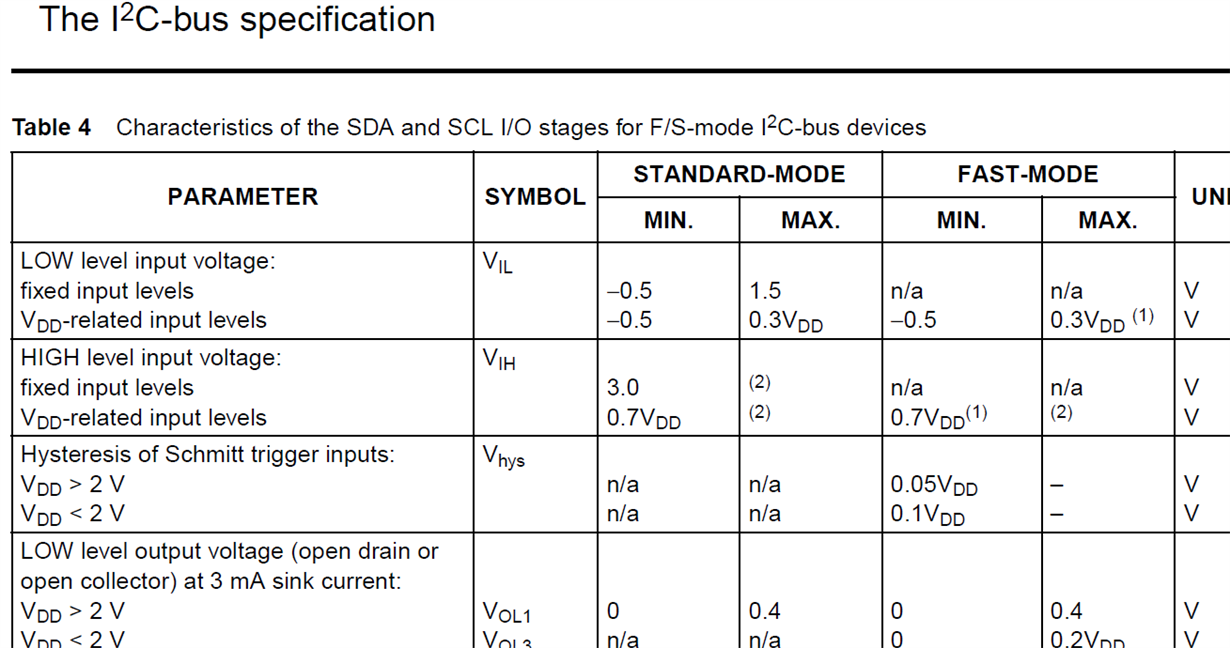Other Parts Discussed in Thread: LSF0102, TCA9509, PCA9306
Hello,
We have designed TXS0102 on HDMI DDC for 1.8V-5V level shifter on Intel bay-trail platform.
But, Customer complained that Panasonic SQ1 series Monitor cannot displayed.
For this symptom, they modified low-level from 1.0V to 0.8V at Monitor side, then Monitor display properly.
Is there any compatible issue on TSX0102 which is designed on HDMI DDC line ?





